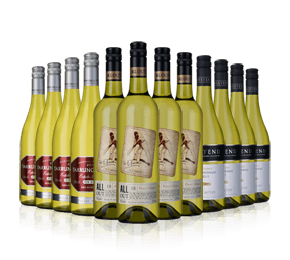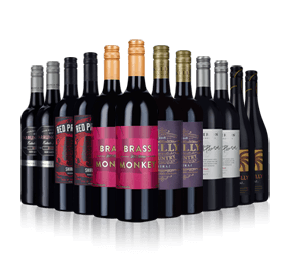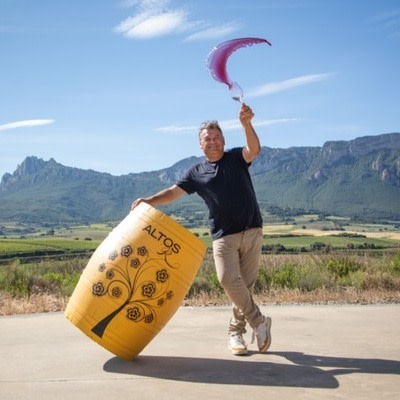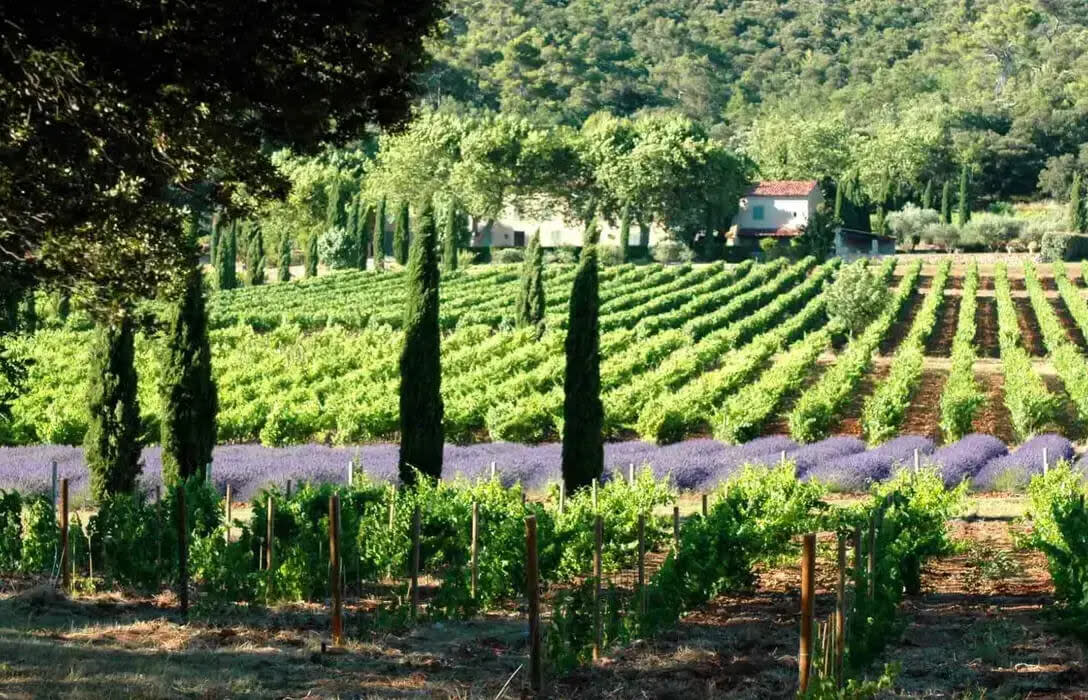- Home
- wine
Filter by
- £29.99SAVE £54.96
- £30.99
- £39.99SAVE £128.00
- £32.99
- £29.99SAVE £19.98
- £30.99SAVE £8.97
- £124.95
- £150.00
- £51.00
- £29.99
- £40.00
- £27.99
- £333.99 per caseSAVE £873.89
- £333.99 per caseSAVE £26.01
- £600.00 first instalment
- £75.00 per case
- £65.00 per caseSAVE £11.63
- £65.00 per caseSAVE £6.69
- £50.00 per case
- £50.00 per case
- £160.00 first instalment
- £100.00 first instalment
- £100.00 first instalment
- £1584.00 per caseSAVE £336.00






























